
Bohr's Model for Hydrogen Atom Postulates, Merits, Limitations
Abstract. The capability to reach ultracold atomic temperatures in compact instruments has recently been extended into space 1, 2. Ultracold temperatures amplify quantum effects, whereas free fall.

(Color online) Proposed mechanism (a) creation of atomic species, (b
9 Citations 1 Altmetric Metrics Abstract The redox states of oxygen species on the surface of TiO 2 can be altered by electron tunneling by varying the applied bias voltage of an atomic force.
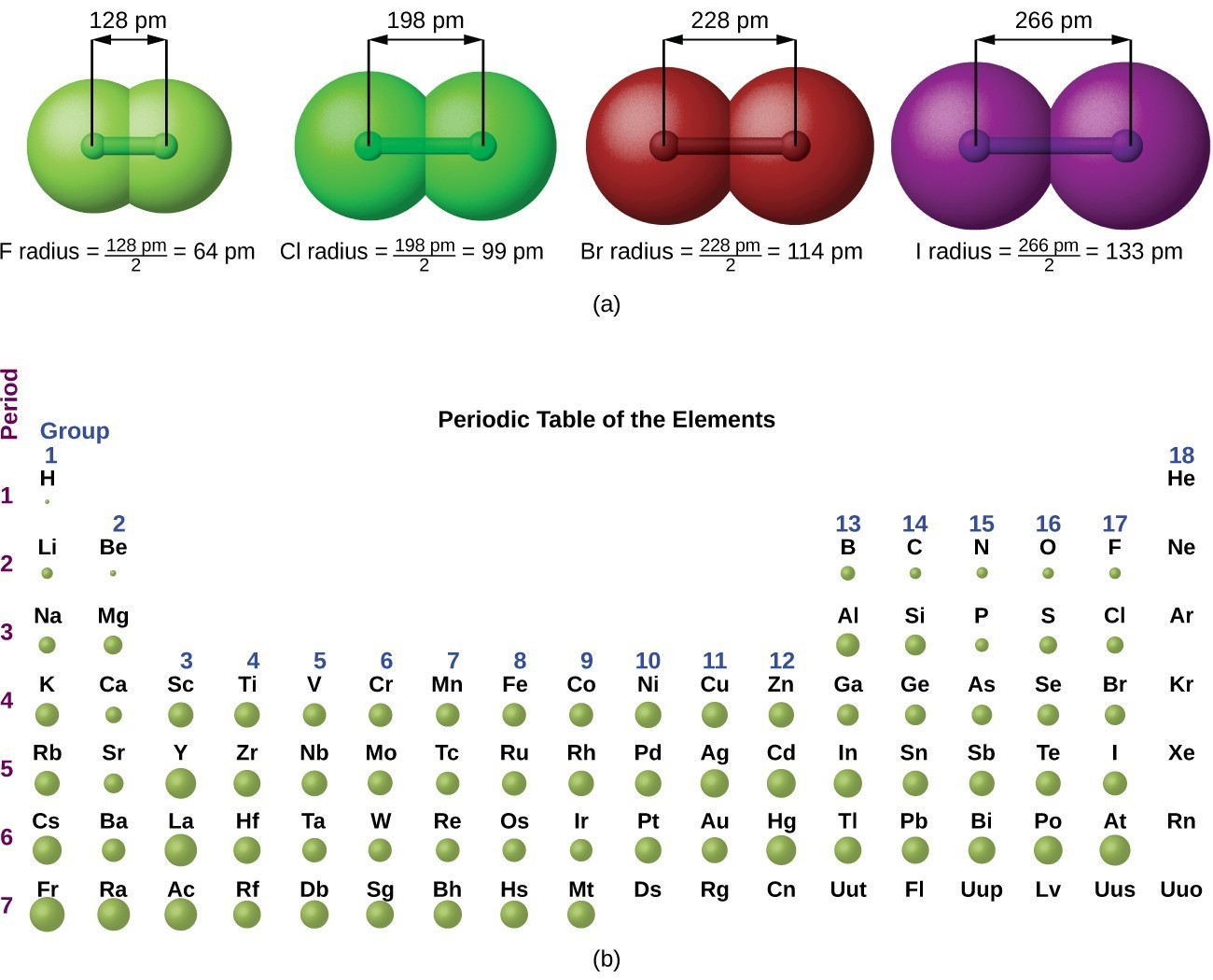
Periodic Variations in Element Properties General Chemistry
21 First, I would like to quote sentences from a book introducing elements and atoms: An element is a fundamental (pure) form of matter that cannot be broken down to a simpler form. Elements are made up of particles called atoms. An atom is the smallest unit of any element [.]

Best of Last Week Creating Rydberg polarons, Tesla carrying bacteria
The simplest conceivable molecule would be made of two protons and one electron, namely \ (\ce {H2^ {+}}\). This species actually has a transient existence in electrical discharges through hydrogen gas and has been detected by mass spectrometry and it also has been detected in outer space. The Schrödinger equation for \ (\ce {H2^ {+}}\) can be.
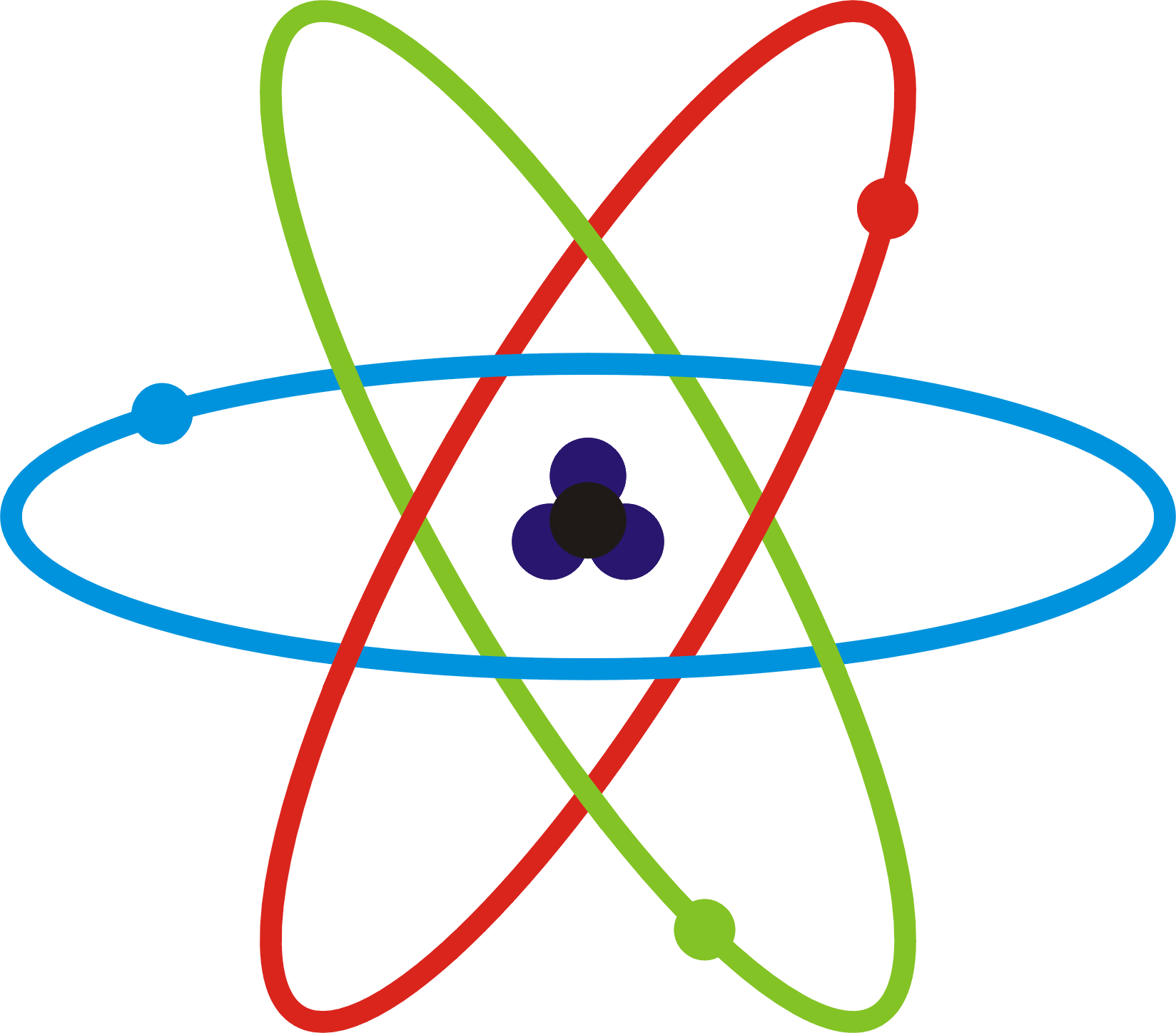
FileSchematicky atom.png Wikimedia Commons
Synopsis Quantum Computing Arrays Made of Two Types of Atom February 24, 2022 • Physics 15, s20 Two research teams have created arrays containing two different neutral atoms, a promising platform for quantum computing. C. Sheng et al. [ 1]

Atomic Species Balances YouTube
Figure 8.2.2 8.2. 2: Definitions of the Atomic Radius. (a) The covalent atomic radius, rcov, is half the distance between the nuclei of two like atoms joined by a covalent bond in the same molecule, such as Cl 2. (b) The metallic atomic radius, rmet, is half the distance between the nuclei of two adjacent atoms in a pure solid metal, such as.
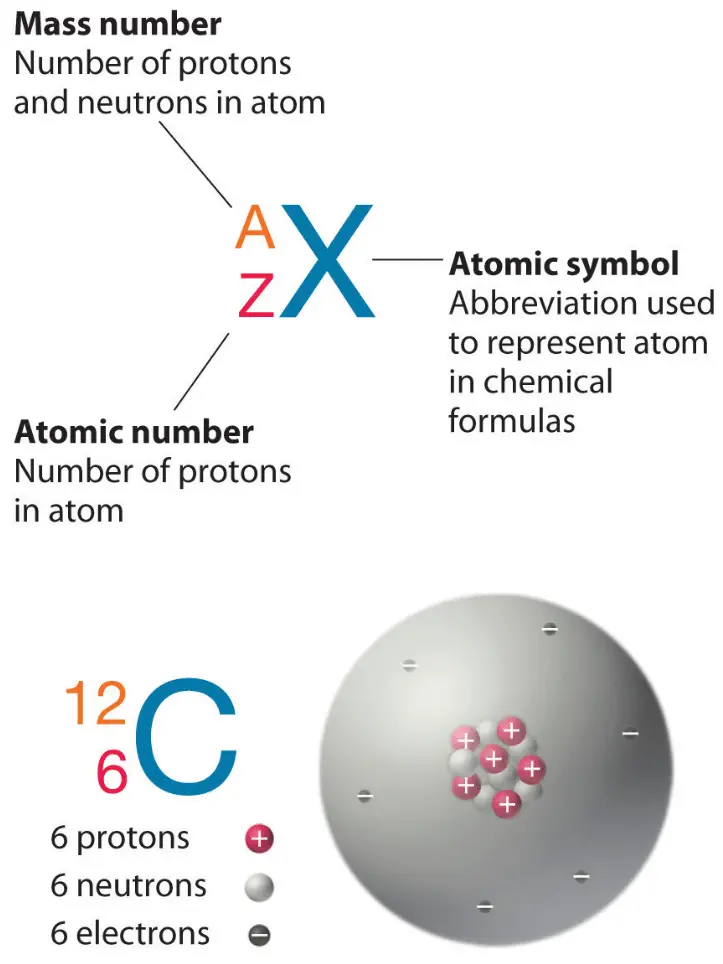
Iridium Protons Neutrons Electrons Electron Configuration
The total mass of neutrons, protons, and electrons found in an atom determines its mass number or atomic number. There are several atomic species centred on this. They are known as isotopes, isotones, isobars, and isoelectronic.

Example Atomic Species Balance (pt 11) YouTube
Fractional Conversion (Interactive) Limiting Reagent (Interactive) Reaction Stoichiometry (Interactive) Three Methods for Reactive MEB Problems. Atomic Species Balances. Extent of Reaction for Material Balances. Molecular Species Balances. Two Reactions in a Two-Phase Reactor. Percent Excess Air.

The AOs 2 O 6 lattice. The atomic species are maker Download
ulated with conventional atom optics (e.g. two-photon Raman transitions [28]) in order for the paths of each species to interfere. Single atom detectors are nally used to probe the atomic interference at the interferometer output. We focus in this letter on a particular implementa-tion of this idea using 85Rb and 87Rb atoms, as sketched in Fig.1.
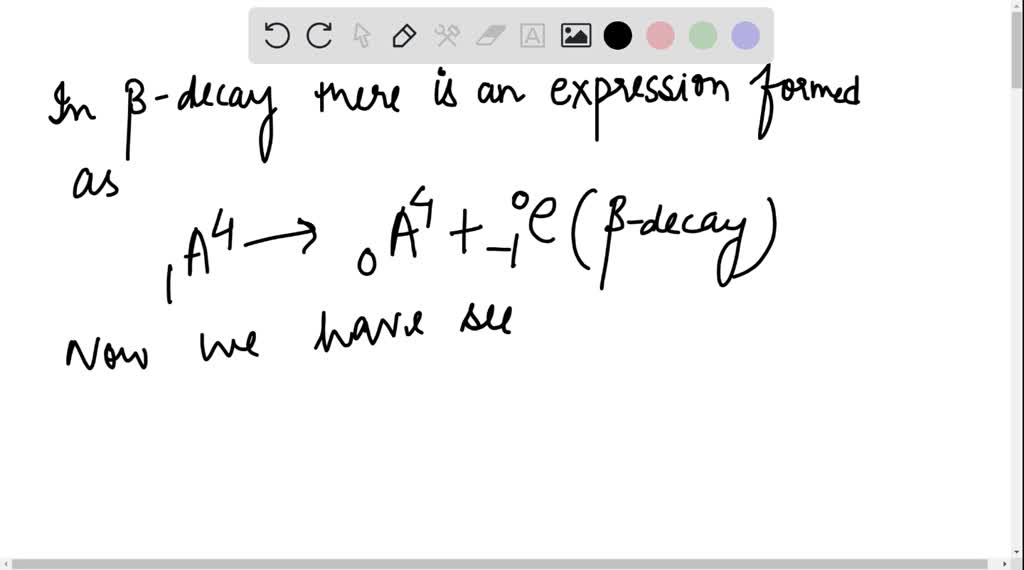
SOLVEDIn βdecay, an electron comes out from an atom. The electron
In the field of cold atom inertial sensors, we present and analyze innovative configurations for improving their measurement range and sensitivity, especially attracting for onboard applications. These configurations rely on multi-species atom interferometry, involving the simultaneous manipulation of different atomic species in a unique instrument to deduce inertial measurements. Using a dual.

3.2 Balance for atomic species YouTube
The APFIM provided essentially a one-dimensional series of atomic species as the sample was 'eroded' one atomic layer at a time. Continued improvements and new configurations of the hardware through to the mid-1990s resulted in position-sensitive ion detection, in combination with full-spectrum time-of-flight mass spectrometry (Cerezo et al.

Chemical Species Explained Lecture 1Atom and Ion YouTube
27 Altmetric Metrics Abstract Anatase is a pivotal material in devices for energy-harvesting applications and catalysis. Methods for the accurate characterization of this reducible oxide at the.

Structure Of Atom 01 Atomic Number , Atomic Mass and Atomic Species
Atomic radii are often measured in angstroms (Å), a non-SI unit: 1 Å = 1 × 10−10 m = 100 pm. Figure 7.3.2 7.3. 2: Definitions of the Atomic Radius. (a) The covalent atomic radius, rcov, is half the distance between the nuclei of two like atoms joined by a covalent bond in the same molecule, such as Cl 2.

Periodic table of the elements, showing the atomic species in which
(Dated: December 10, 2019) We report the preparation of a heteronuclear two-atom system of 87Rb and 85Rb in the ground state in an optical tweezer. Dual-species Raman sideband cooling is applied to the two initially separated atoms to eliminate the crosstalk and a 3D ground-state probability of 0.91(5) for 87Rb and 0.91(10) for 85Rb are obtained.
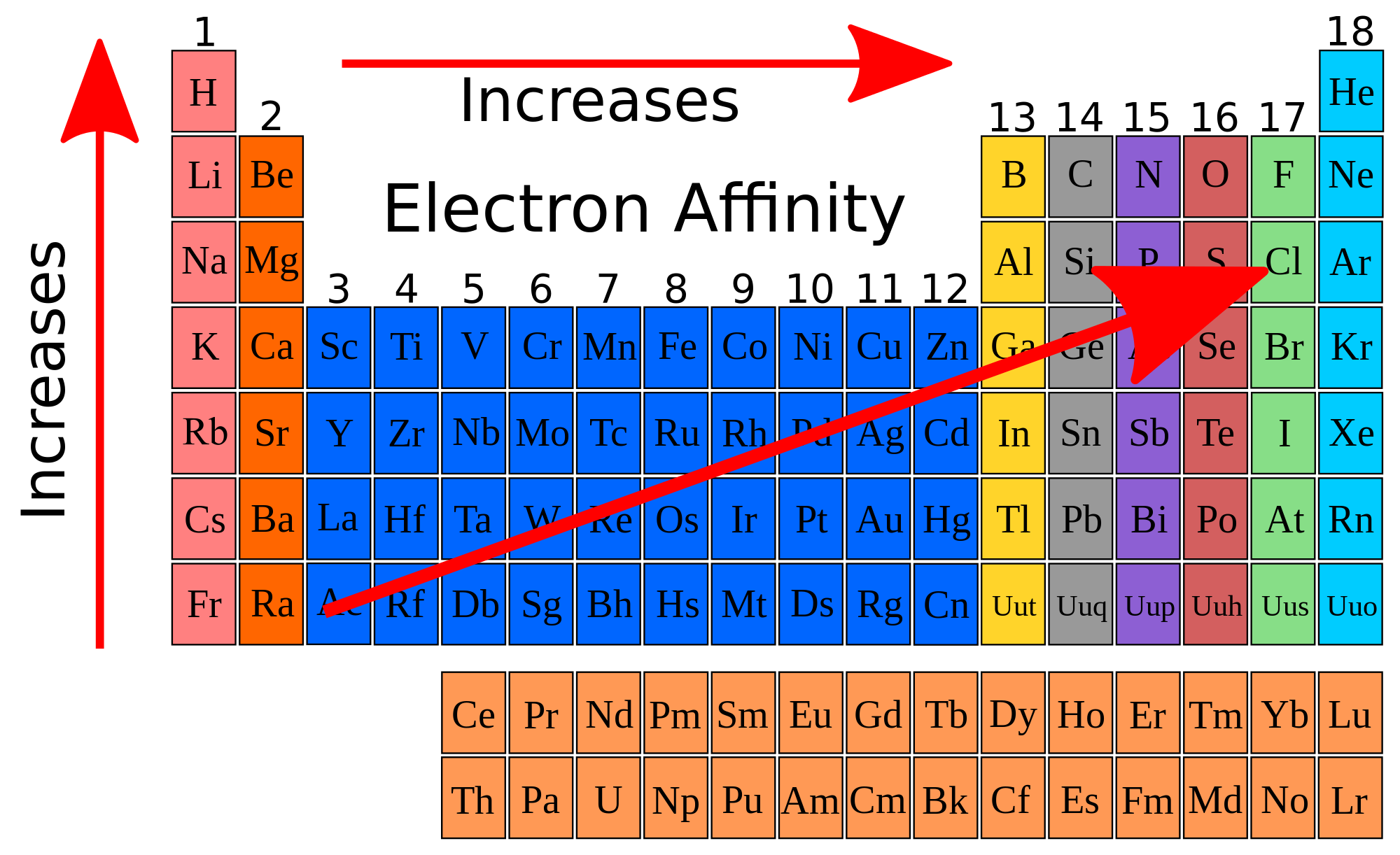
Which following pairs of atoms, have a lower electron affinity? a) Ca,K
The atomic number or mass number of an atom is based on the number of electrons, protons, and neutrons present in them. Based on this, there are different atomic species (isotopes, isobars, isotones, isoelectronic). Atomic Number and Mass Number The number of protons in an atom represents its atomic number. It is denoted by the letter Z.

Atomic Species YouTube
An atom is the smallest unit of ordinary matter that forms a chemical element. Atoms are made of fundamental particles called protons, neutrons, and electrons. Protons and neutrons clump together to form a central nucleus. The electrons move in a cloud-like region around the nucleus. Most atoms are stable.